Thematic
Path
Who's looking at me?
Ground floor
The body in art is dependent on the viewer’s gaze. What is it that we seek to represent? Perception—conditioned by personal development and social evolution—dictates the choice of artistic subjects and forms.
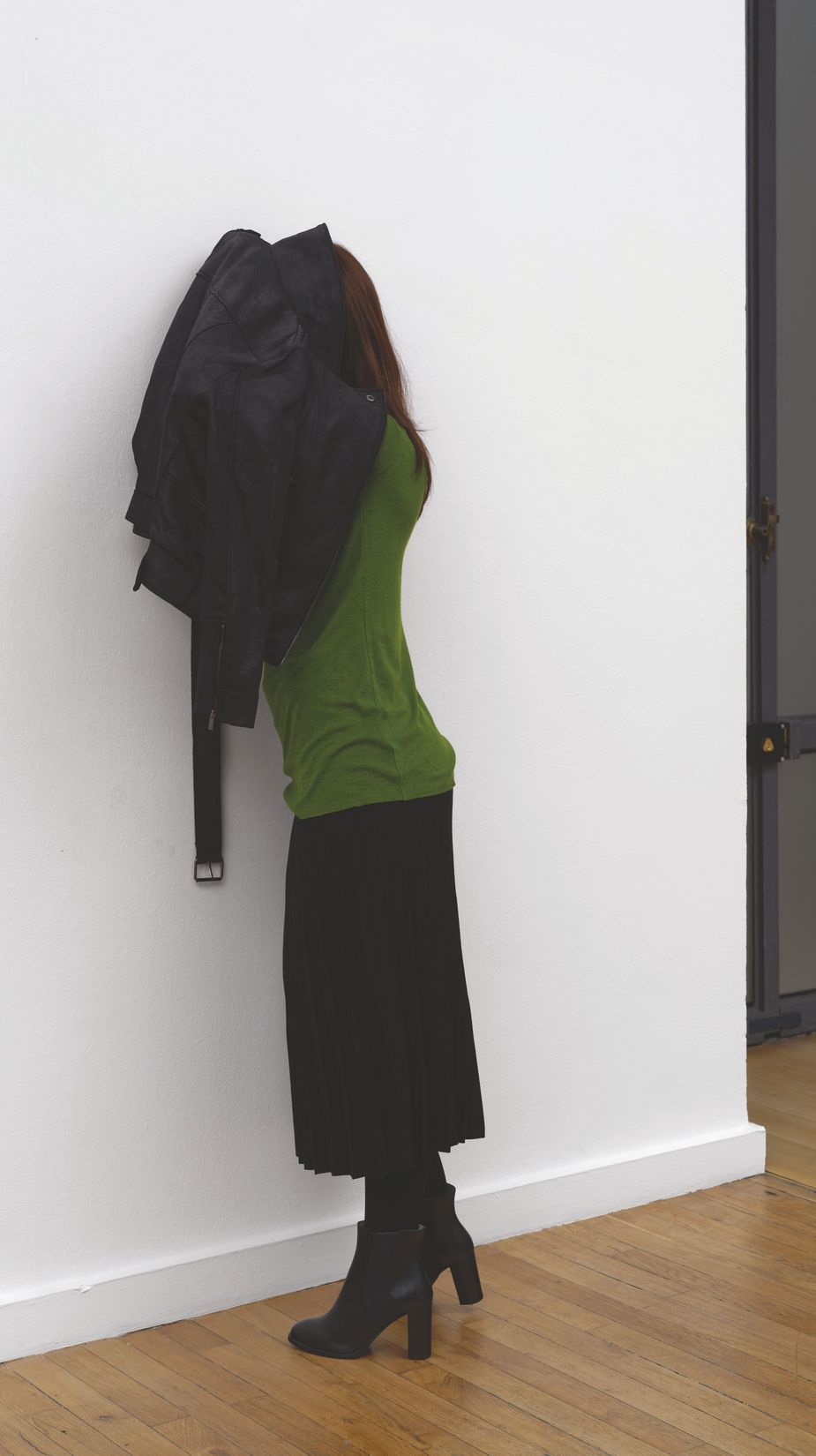
Daniel Firman Justine 2nd mouvement - 2020
Courtesy Ceysson & Bénétière
Picture © Aurélien Mole
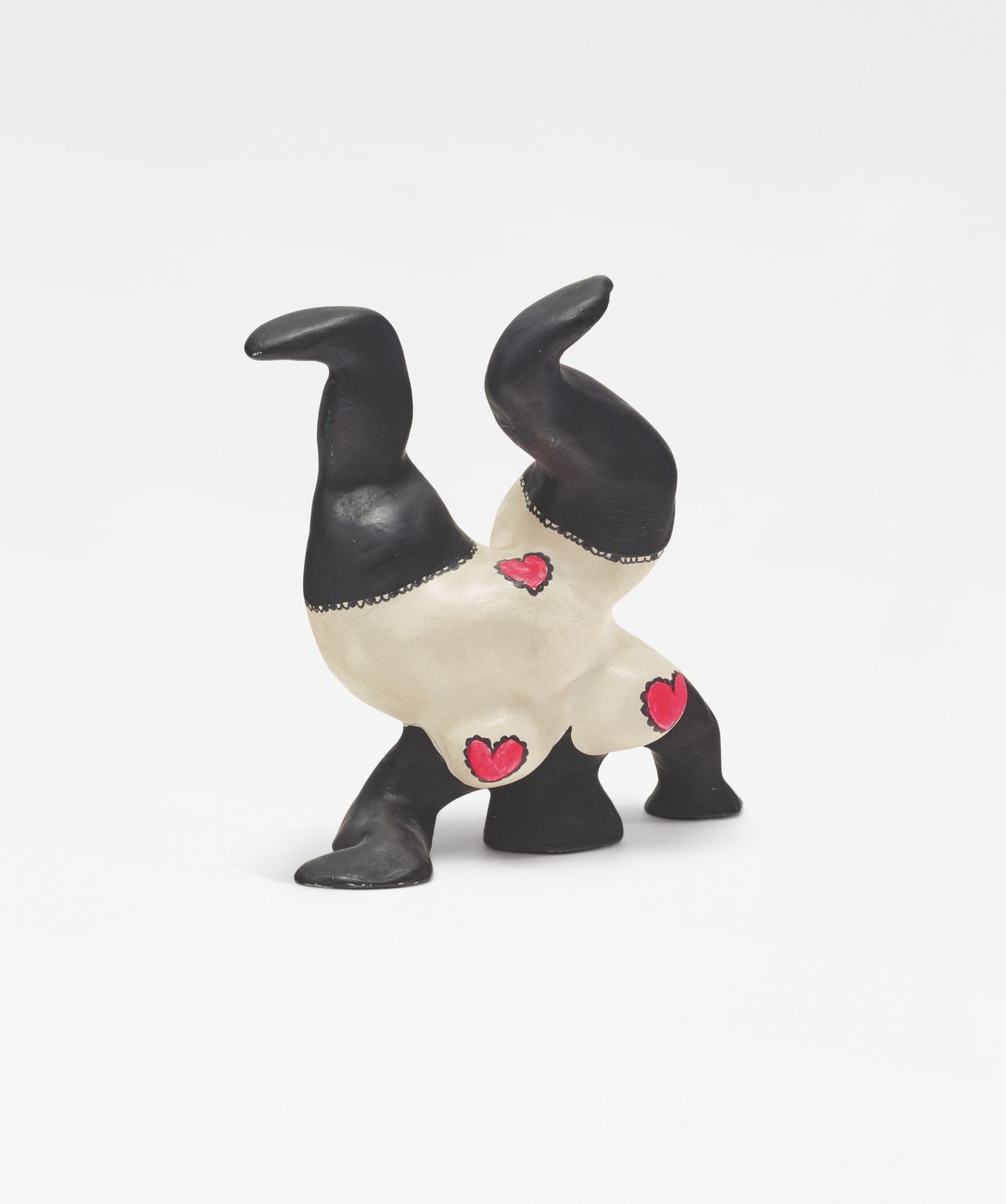
Niki de Saint Phalle Mini nana acrobate - 1969-1971
Private collection © 2024 Niki Charitable Art Foundation / Adagp, Paris
Picture © Christie's Images/Bridgeman Images
Does my body belong to me?
Ground floor
Women's bodies have long been subjected to a heteronormative gaze. With their focus on interiority, artists such as Niki de Saint Phalle and Louise Bourgeois propelled female representation into new terrain. In liberating women's voices, some artists focus on parts of the body traditionally controlled by the male gaze, while others denounce the emptiness and commodification of stereotypical female representation.
Does my body have limits?
First floor
Our body extends beyond its own anatomical physicality. Sensed simultaneously from within and without, the body reinforces our connection with the world. Incarnated—in whatever forms it takes—in a physical body, it is also a chosen body.
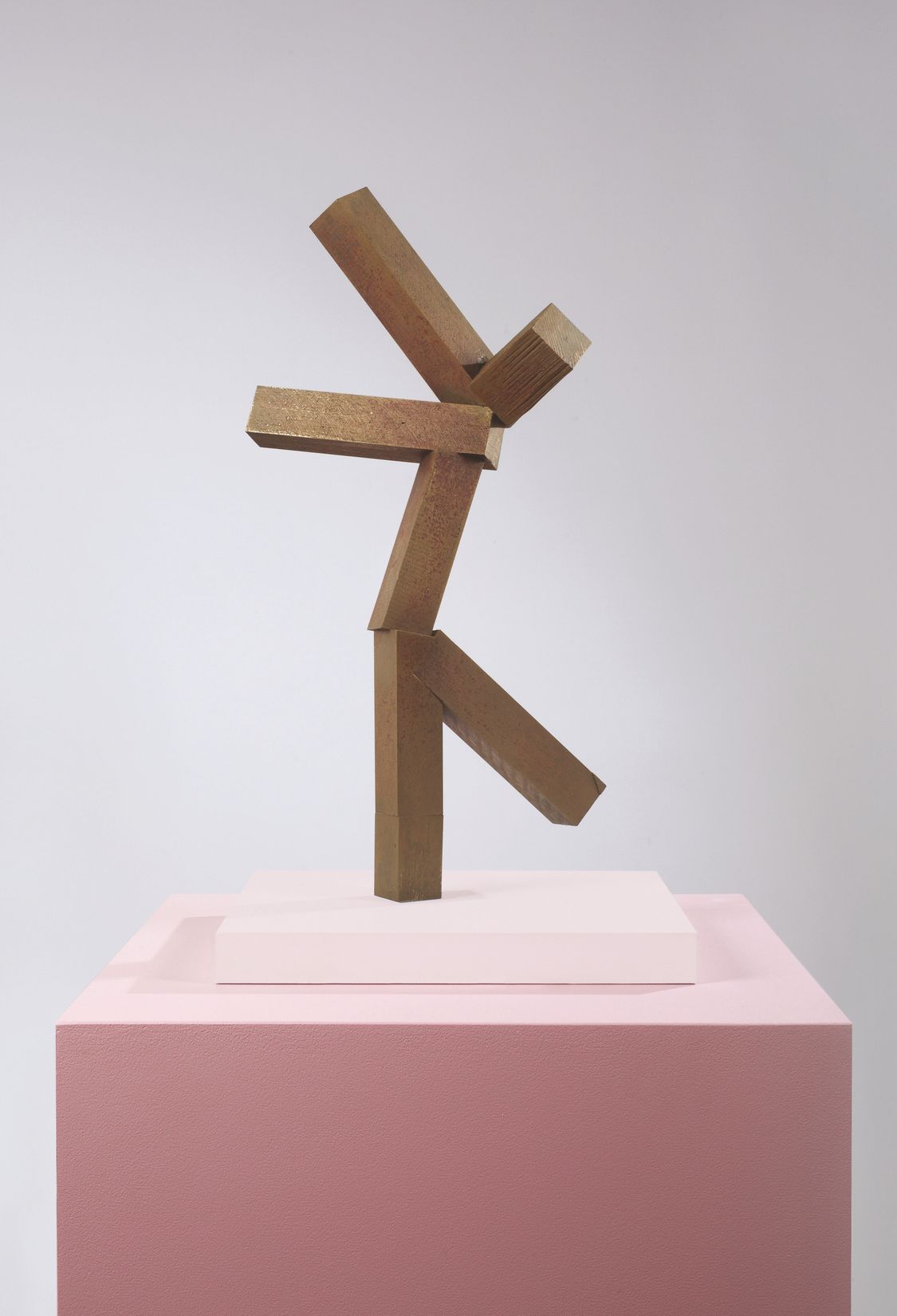
Joel Shapiro Sans-titre - 2013-2014
Private collection © Joel Shapiro, ADAGP, Paris - 2024
Picture © Bertrand Michau
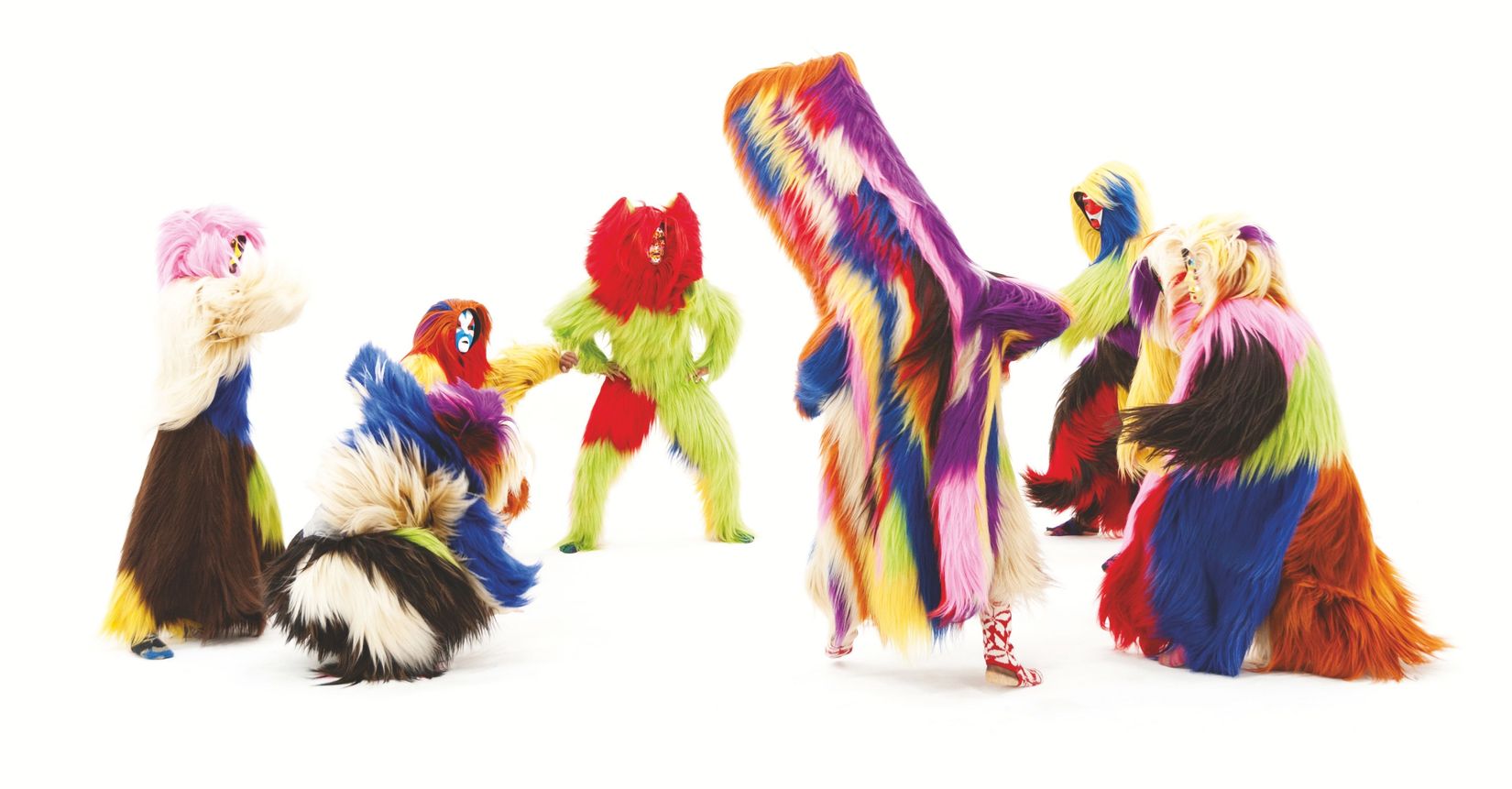
Nick Cave Drive-by - 2011
© Nick Cave. Courtesy of the artist and Jack Shainman Gallery, New York
Clothes create identity, don't they?
First floor
How we dress plays a vital role in shaping our identities and our current relationship with the world. Wearing a costume may be an artistic, militant, and political act, raising awareness of identity and cultural differences.
How to represent the body in movement?
First floor
To reconcile movement (ephemeral) and sculpture (static), artists use freeze-frames so viewers can imagine the action. Freeze-frames convey the tension before or after the gesture, perhaps a continuous movement or its dubious consequences. Other artists poke fun at the shortcomings of a society that both worships the human body and privileges automation.
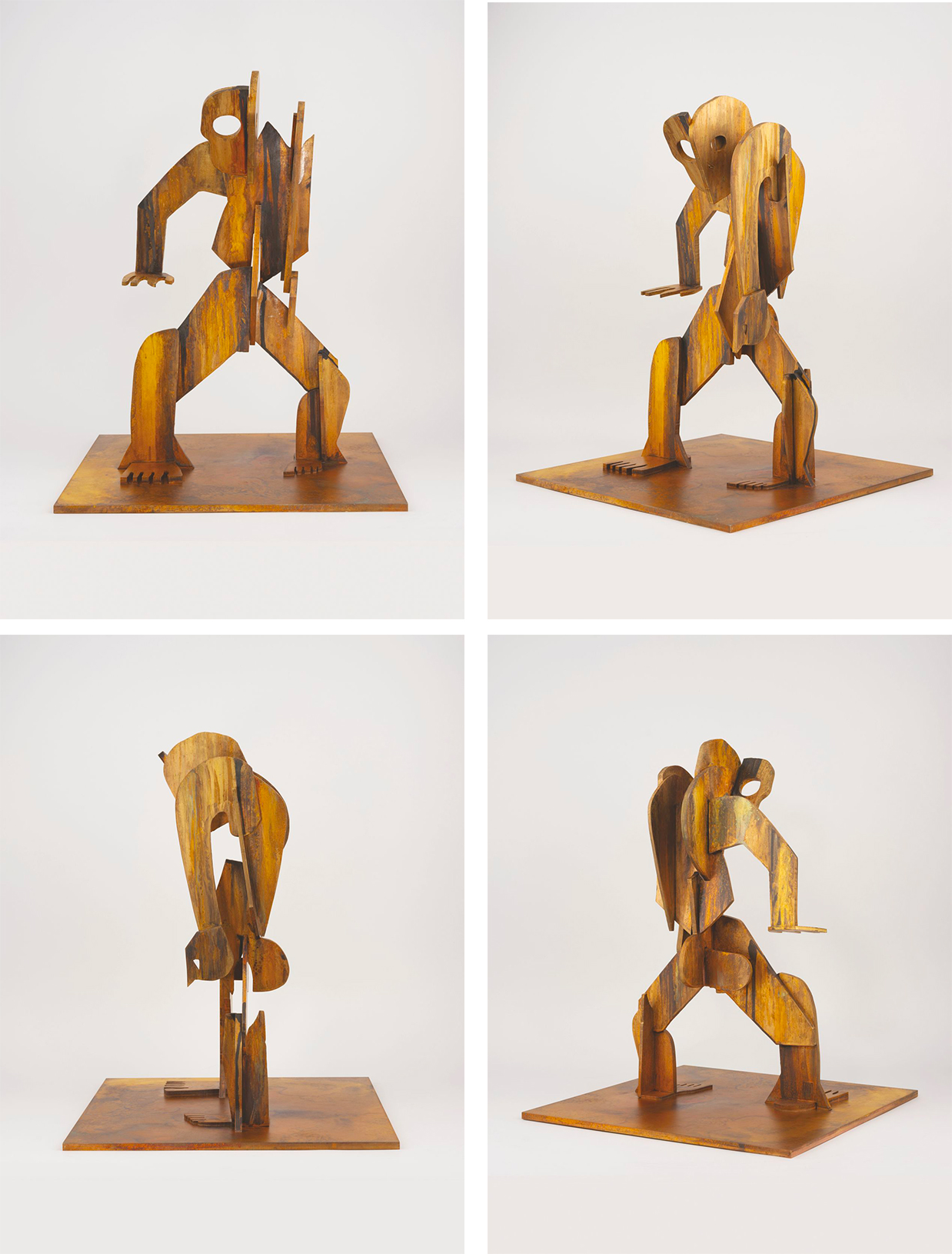
Thomas Houseago First Steps - 2023
Fondation Villa Datris Collection © Thomas Houseago, ADAGR, Paris - 2024
Picture © Kunstgiesserei St. Gallen
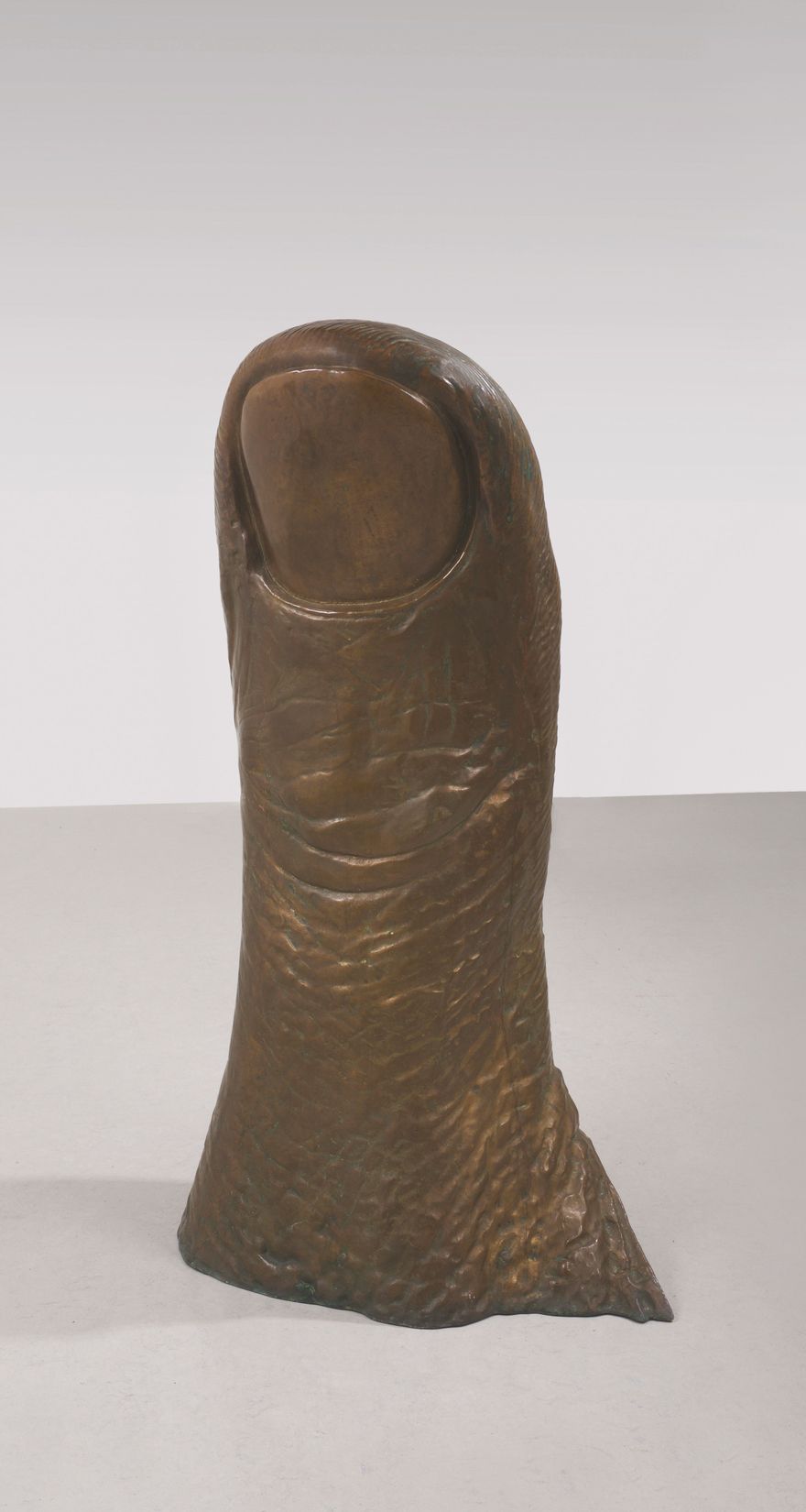
César Le Pouce - 1964-1966
Private collection © SBJ / Adagp, Paris 2024
Picture © Bertrand Michau
How do I fit in my environment?
Second floor
Since the invention of perspective, the body has been a standard reference in pictorial art. Contemporary artists revisit the notion of measurement and question the body’s relationship to space. Disproportionate body parts seem to defy the world. To support ecology and well-being, shouldn't we seek symbiosis with nature… or perhaps our own elimination?
Why depict the body?
Garden level
Realistic representation is front and center on the art scene. Artists seek to deconstruct academic sculpture, using classical aesthetic codes to celebrate anonymous, rather than ideal, bodies. Bodies at rest aren’t depicted to give them life or to glorify them, but rather to reconcile us to our own vulnerability. Artistic expression sometimes takes on a political dimension, denouncing violence against marginalized communities, and militating for Feminist and ecological causes.
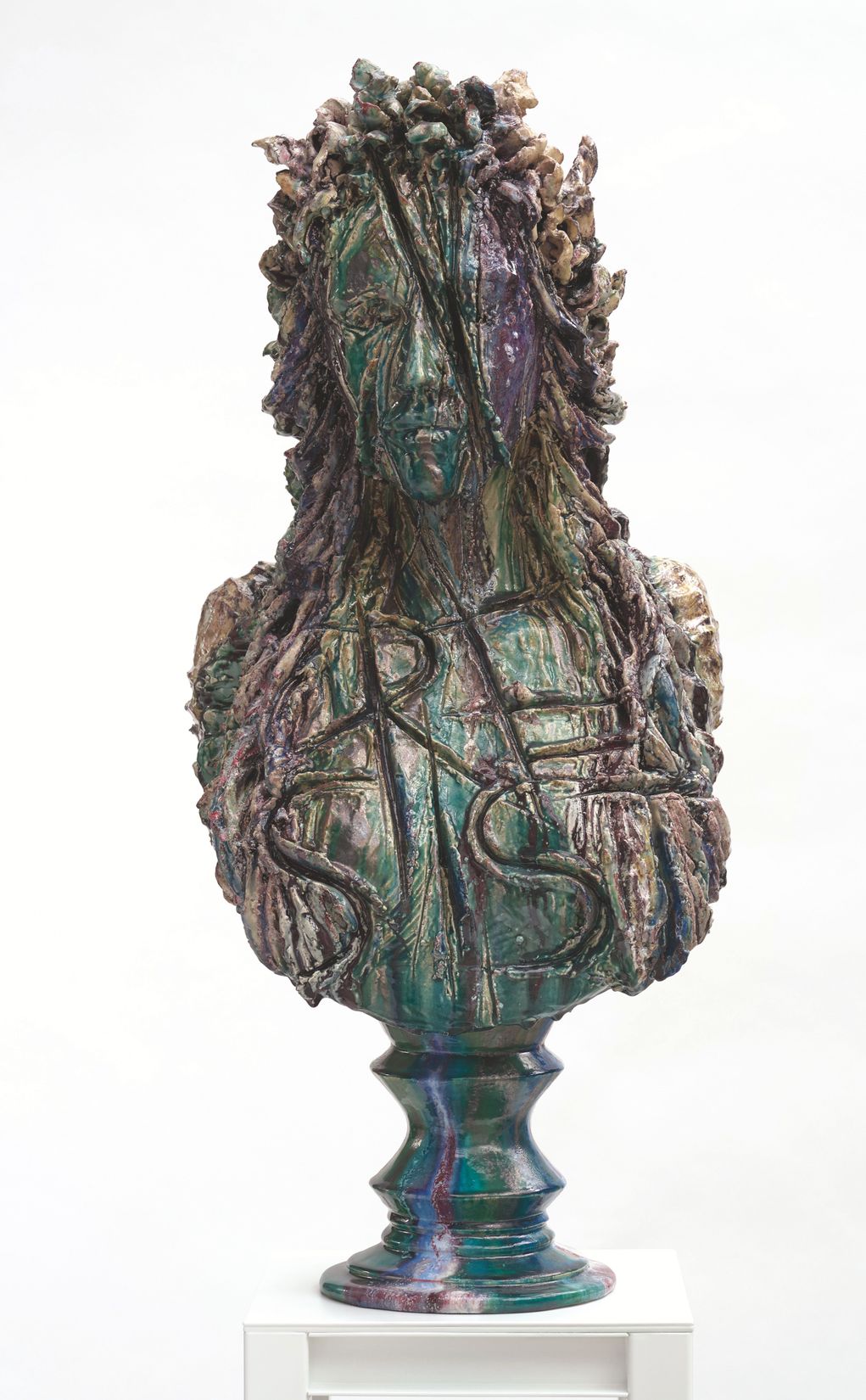
Anne Wenzel Under Construction (Resist / Petrol) - 2023
Courtesy Anne Wenzel et Galerie Suzanne Tarasiéve, Paris
© Anne Wenzel, ADAGP, Paris - 2024
Picture © John Stoel
